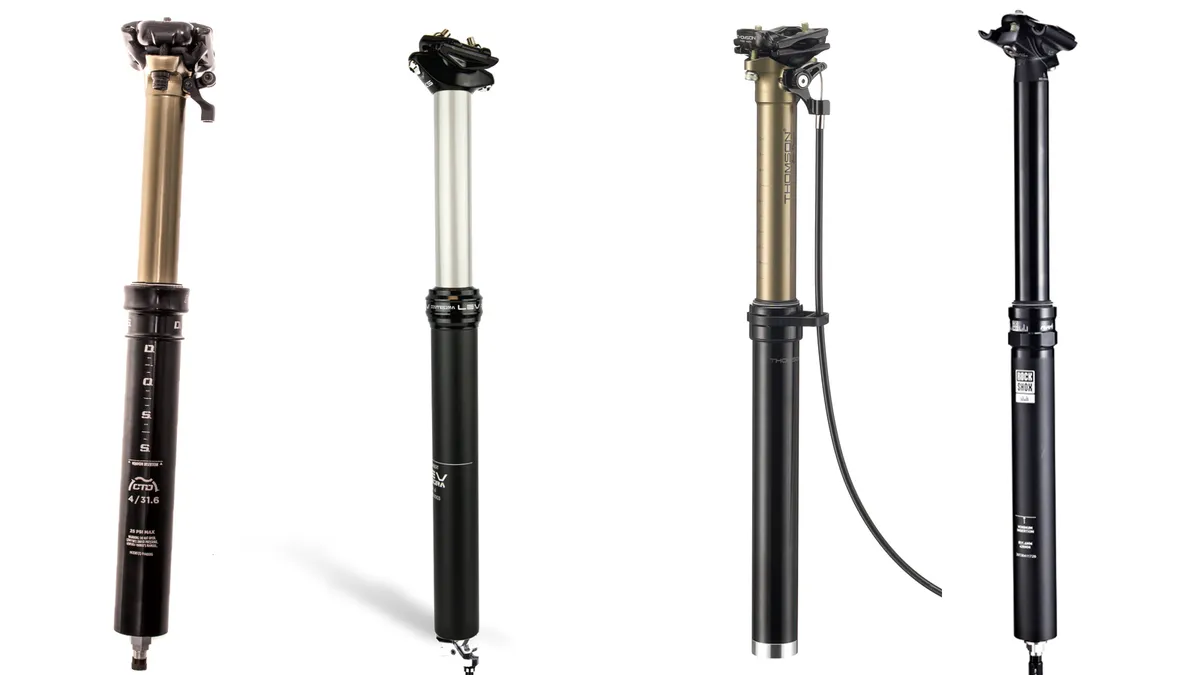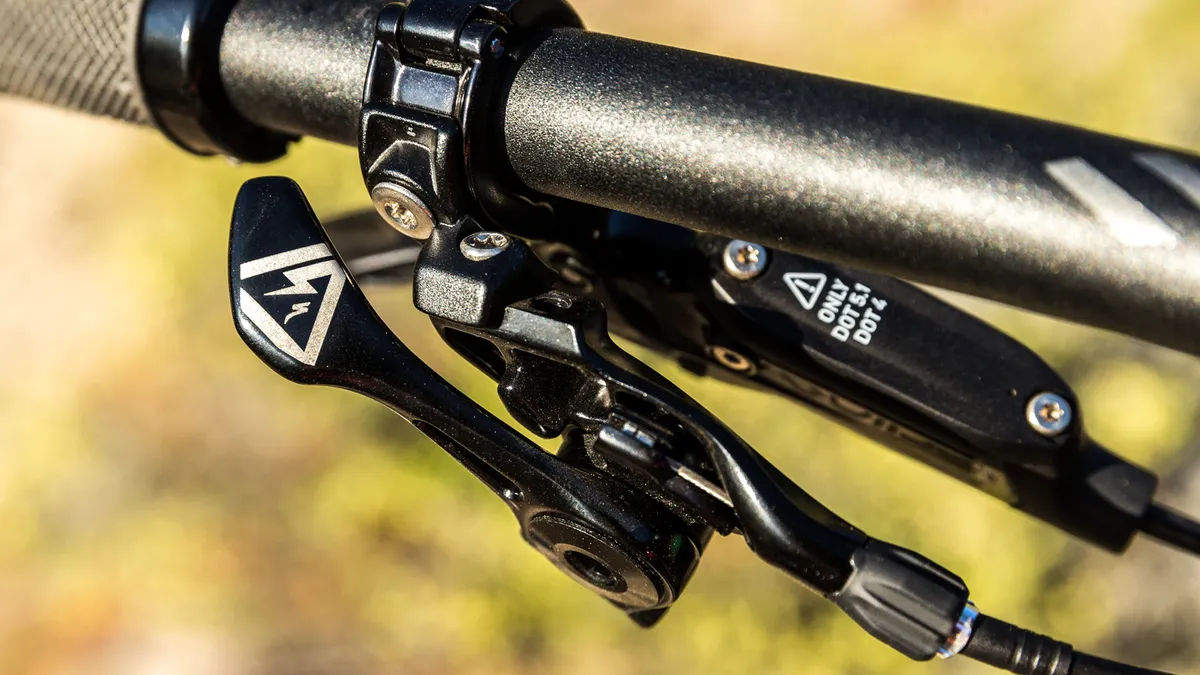If you’re reading this, you probably fall into one of four categories: weight weenie, retro grouch, dropper enthusiast or cycling company employee. And I say to you all: dropper seatposts sucks.
If you're a hardcore cross-country weight weenie, you probably don’t see the point in adding a few hundred grams to a seatpost and agree with my title. If you are a retro grouch, you have never tried a dropper, but hate them because they are new. Not you? Then maybe you’ve embraced the magic that is a dropper seatpost and clicked on this article so that you could lambast me for my ignorance. Keep reading. Last but not least, you could work for a cycling company that produces a dropper seatpost. You should also read on before sending me hate mail.
I'll say it again: all dropper seatposts suck — when compared to what they could be in a few short years.
To date, biggest achievement in the development of dropper seatposts is making them reliable enough to last more than one season. That’s quite the lofty achievement — akin to earning the “employee of the month” award just for showing up on time…
It’s not all bad, though. If one compares the advancement of dropper seatpost technology to, say, the suspension fork, we’re moving along at a steady clip. We’ve outgrown our embryonic Hite-Rite years, moved past our ugly duckling Gravity Dropper phase, and are now ready for the next step. No, not college, adding features and focusing on refinement. Just as the RS-1 released this spring puts the original, released 25 years ago, to shame, so too the droppers of the future will outclass the current offerings by leaps and bounds.

As good as some of today's droppers are, they still leave much to be desired
So what can be improved upon?
Ergonomics
Ergonomics are all too often an afterthought to functionality. The most ergonomic dropper lever I’ve used was actually a hacked XTR front shift lever. This cobbled-together solution outclassed everything else on the market. The lever was the right size and proper shape, and it was positioned so that I never had to unwrap my thumb from the handlebar to drop the post.

Fox-sponsored enduro racer Lars Sternberg uses a front XTR shifter to operate his DOSS seatpost
Lever placement, lever shape and lever throw can be problematic, although it is likely that for most riders, dropper levers will replace front shifters in the coming years as 1x drivetrains from SRAM, as well as Shimano, become more widespread.

Specialized recently unveiled a new lever for its Command Post that mimics the profile of a SRAM shift lever
Weight
As is the case with the development of most technologies, the initial focus is on function. Afterward, as it is refined, engineers and designers find ways to shave weight.
Some World Cup-level cross-country riders are already using droppers. Heck, dropper seatposts have even made appearances in this year’s Tour de France on Italian racer Vincenzo Nibali’s bike. They will become even more pervasive as the gram count decreases.
Lightweight droppers seatpost such as the short-travel Command Post we spotted on Jaroslav Kulhavy'sS-Works Epic World Cup and the KS Lev Carbon are signs of what’s to come.
Functionality
I firmly believe the technology that will separate the class leaders from followers will be the development of dropper seatposts that can drop at the push of a button, not the push of a button while requiring the riding to sit on their saddle to compress the post.
Droppers that can operate without being weighted offer the riders a significant advantage. This would be a boon to enduro racers, who often go into racecourses with very little knowledge of what’s beyond the next turn. Not having to sit when entering a technical descent can save seconds.
Engineers: make this happen.
Electronic control
Cables, hydraulic lines and even wires could all soon disappear in favor of wireless connectivity. (Thomson is already hard at work developing a Bluetooth-enabled version of its Elite Dropper.) “Electronics are the next platform for change on a bike,” said Thomson’s David Parret.
While some riders are wary of electronics on their mountain bikes — particularly when it comes to drivetrains. The control of something that’s not essential (so long as the post fails in the extended position) is something that offers a number of benefits.
This would be one-less line to feed through a frame, as well as making it much easier for those who frequently travel with their bikes.
Additionally, riders could conceivably program pre-set positions into their seatposts, giving them several customized intermediate positions between fully extended and completely dropped.
Another technology posited by a fellow cycling journalist is tying electronically-controlled suspension to the relative position of a dropper seatpost. When extended, the fork and shock would have more low-speed compression damping for climbing and rolling terrain, when the post is lowered, the suspension would adjust accordingly for descending. Could it work? Who knows? But it’s a clever concept.
Last but certainly not least is price: dropper seatposts certainly aren’t cheap. Wireless droppers could give riders the ability to quickly swap a single seatpost between multiple bikes.
Only a matter of time
If I’m thinking about these things, it means that people much smarter than me are already hard at work developing the next generation of dropper seatposts. It’s only a matter of time before at least some of these developments make their way to the trail.
What do you think? Which of these technologies would be most useful to you as a mountain biker?
